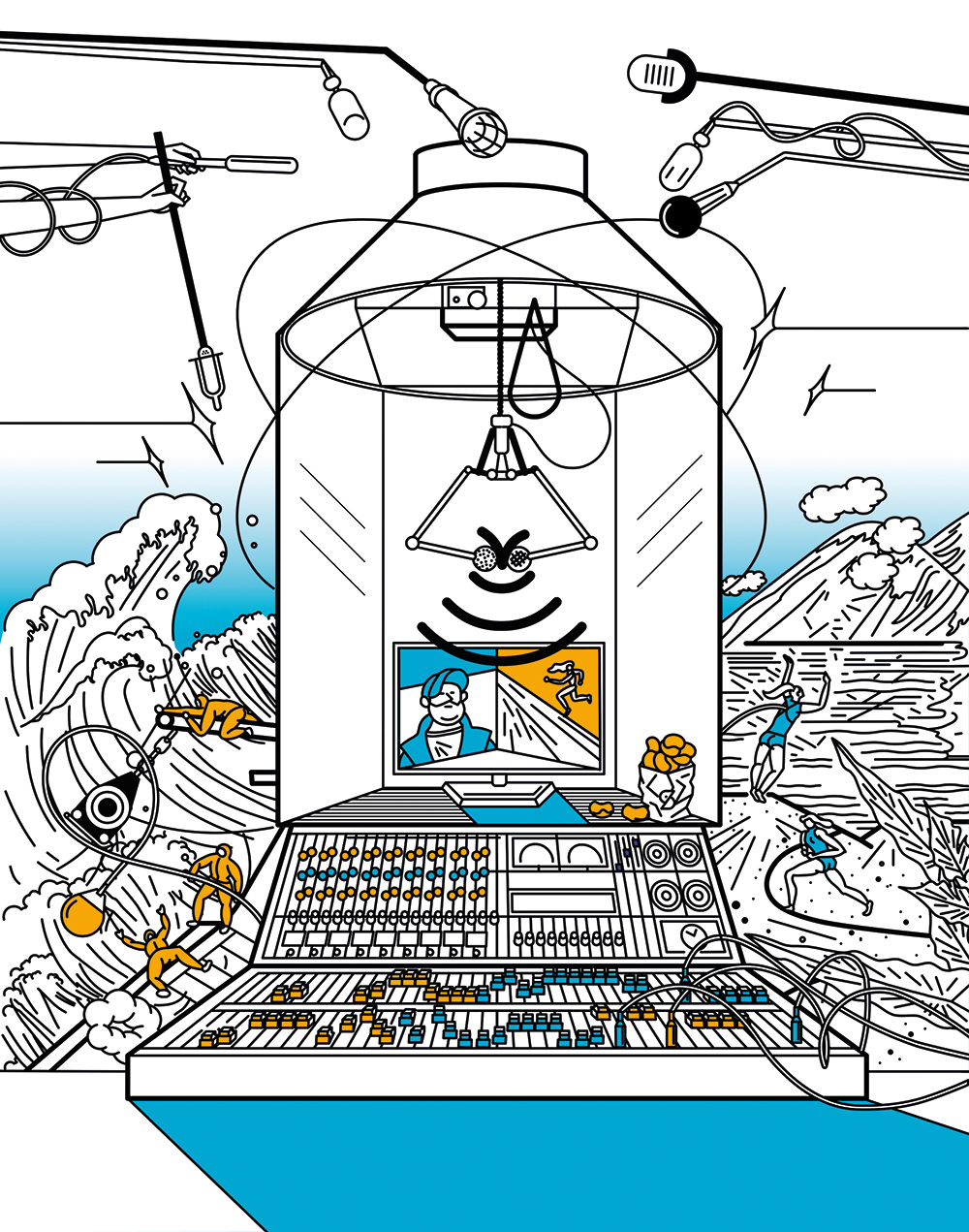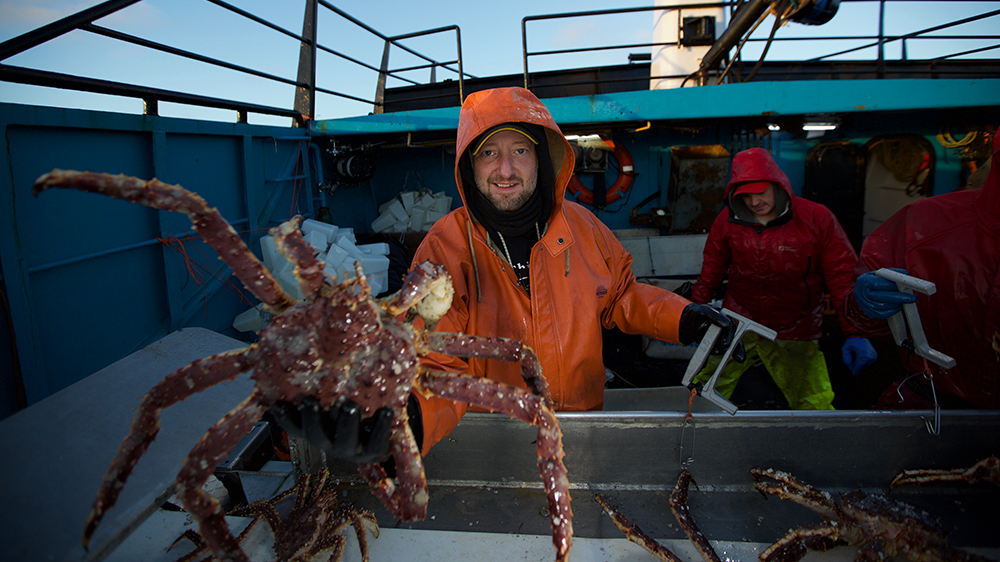‘Amazing Race,’ ‘Deadliest Catch’ Audio Teams Detail Challenges in Capturing Sound
By Tim Gray
LOS ANGELES (Variety.com) – The familiar phrase “We can fix it in post” covers a multitude of headaches that might arise during production. But reality-TV series like Discovery’s “Deadliest Catch” and CBS’ “The Amazing Race” don’t have that luxury, particularly when dealing with sound recording. As “” exec producer R. Decker Watson says, “We need to capture what’s going on when it happens — or else we’re in big trouble.”
“Amazing Race” lead audio person Jim Ursulak agrees: “We’re basically shooting a rehearsal every day. The contestants are racing for $1 million, so we can’t ask them to redo something.”
Both series, which are in Emmy consideration this year, have post-production teams that can finesse their work. But looping sessions are out of the question, and the sound crew faces daily challenges from the uncertainty of the action and extreme on-location conditions.
“Amazing Race” centers on 11 teams; in reality each two-person team consists of four people traveling as a unit: the two contestants plus a camera person and a sound person assigned to each pair. Every contestant wears a wireless microphone, and the sound person also carries a boom mike. The below-the-line duo run with the contestants, relying on the equipment on their backs, with no access to backup gear.
The boom mike picks up ambient sounds and dialogue with anyone encountered. If a contestant loses a body mike, the boom needs to gather all the sound until the contestant can be remiked during a lull in the action, says Ursulak, who’s taped every episode since the series’ 2001 start.
Competitors choose their own route to a target location, so the below-the-line team can’t rehearse. And when the episode features the contestants’ arrival at a particular spot, a separate crew sometimes sets up only seconds ahead of their appearance.
Preparation is also crucial to the sound of “Deadliest Catch” but for different reasons. The series chronicles a fleet of six boats as they hunt for crab in the Bering Sea. Audio supervisor Mike Morrell spends weeks prepping the fishers on the sound equipment because there isn’t room for him on the boats.
The show uses four microphones in the wheelhouse, two on deck and three worn by deckhands. Morrell provides the crew instructions on the equipment, including a waterproof “Cliff’s Notes version” of the gear for handling emergencies. And he’s always available via satellite phone.
Aside from the captain and crew, each boat carries two “deck shooters,” who have mikes and cameras to record the action.
Before the series began in 2005, no gear had been designed for the show’s extreme weather conditions, Watson says. Over the years, making equipment survive has involved much trial and error. “We’re always fighting a losing battle,” he says.
The stationary cameras are behind waterproof protective glass. “But you can’t enclose a microphone behind glass,” says Watson. The crews’ lavalier mikes are protected, but with the stationary mikes, “our teams at one point were covering them with condoms. But that affected the sound. So now we have mikes pretty much unprotected, and we have to replace quite a few. Every deck shooter will lose at least one camera and multiple microphones every season.”
Morrell says he’s always trying to improve the system. “I talk with the manufacturers at Countryman, who make our lavaliers. They make special lavs of a certain length just for our show, and we build a malleable armor around them. A lav is a frail thing; it has no business in the Bering Sea. We go way outside of the traditional sound community to find materials, such as bailing wire and popsicle sticks, to protect them.”
The team keeps backup equipment stored in protective cases in a dry place. But when the weather is extreme, they go through even the backup equipment, so another boat has to deliver more gear.
Even when the equipment is functioning, it isn’t easy. “The deck of a crab boat is a noisy place,” Watson says. “It’s like working on a construction site in the middle of a hurricane. If someone is talking while he’s next to a hydraulic crane while the wind is whipping around, it’s hard to hear.”
Morrell praises sound mixer Bob Bronow, who works with the audio in post: “He’s a magician. He can clean up a lot of stuff, but basically there are no redos. If something happens out in the field and you don’t get it, that’s it. It’s gone. But we take great efforts to make our system bulletproof.”
Watson lauds the entire team. “Our shooters on the boats are tracking stories, trying to capture the best sound and images possible. And while they’re doing that, they’re fighting a constant battle to keep the gear working. Plus, there’s always a lack of sleep, it’s always cold and everyone’s always seasick on the Bering Sea. They do really exceptional work.”


